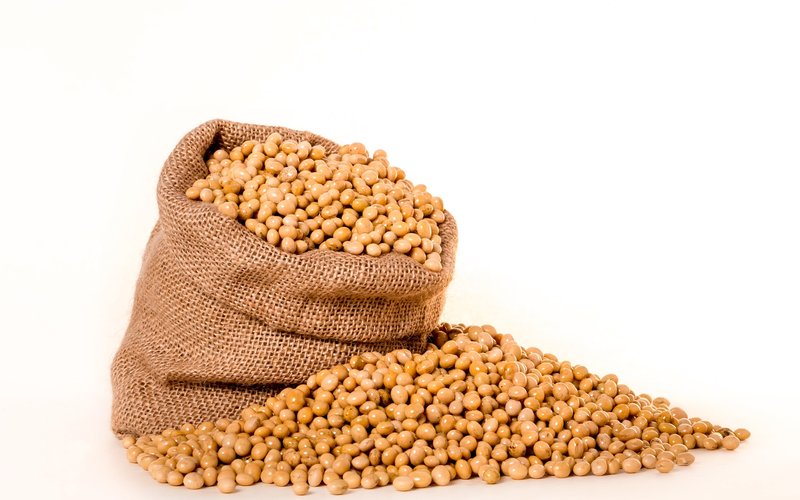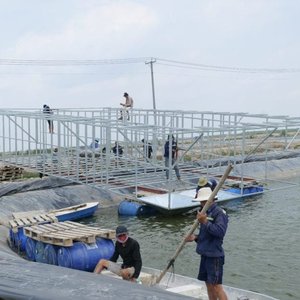The U.S. Department of Agriculture (USDA) lowered its forecast of Brazil’s 2019/20 soybean harvest this month by 1.5 million metric tons to 124.5 million in a recent report. Despite this reduction, by early April, more than 86% of the country’s soybean harvest was complete and record soybean yields are anticipated for several states. In contrast, the dry spell is slashing crop yields for Brazil’s last state to harvest, Rio Grande do Sul. Despite this month’s reduction, the 2019/20 soybean crop will remain the country’s largest ever. The Argentine crop forecast was also reduced by 2 million tons this month to 52 million due to weather conditions.
The report also states that labor issues are disrupting the South American supply chain. Spurred by a record harvest and high domestic prices, Brazilian soybean exports in March swelled to 11.6 million tons. That places the cumulative rate of Brazilian shipments for October 2019-March 2020 up by four percent over last year’s record. April shipments could be even higher. The brisk pace encouraged USDA to boost its 2019/20 export forecast this month by 1.5 million tons to 78.5 million. Much of the trade expansion is destined for China’s market, where soybean imports are forecasted to go up 1 million tons this month to 89 million tons.
Despite the recently torrid pace for soybean exports from Brazil, shipments may soon slow. The report said that transportation problems within the country are looming. Even through a national emergency, Brazil’s agriculture and food processing-related commerce is considered essential. Yet at the same time, the predominant mode of shipping soybeans within the country is via truck. National safety regulations mandate that truck drivers take regular rest periods. But drivers are now finding it more difficult to do so due to local restrictions on obtaining services during their stops. The supplies arriving at ports could begin to wane. Ports are also operating with a reduced staff. In Argentina, only 10% of the new-crop soybeans were harvested as of early April. Even so, harvesting should advance quickly over the next two months. The usual flush of new-crop supplies may not have the same benefit for processors, though, as they are having more difficulty procuring soybeans this season. While this is partly due to an increase in export taxes and a depreciating currency, other new supply bottlenecks are developing. Near the industry’s center of Rosario, local authorities are closing roads and preventing trucks from hauling soybeans from reaching the plants. Emerging supply shortages prompted the USDA to lower its forecast of the 2019/20 soybean crush this month by 2 million tons to 41.6 million.
Download the report here.













